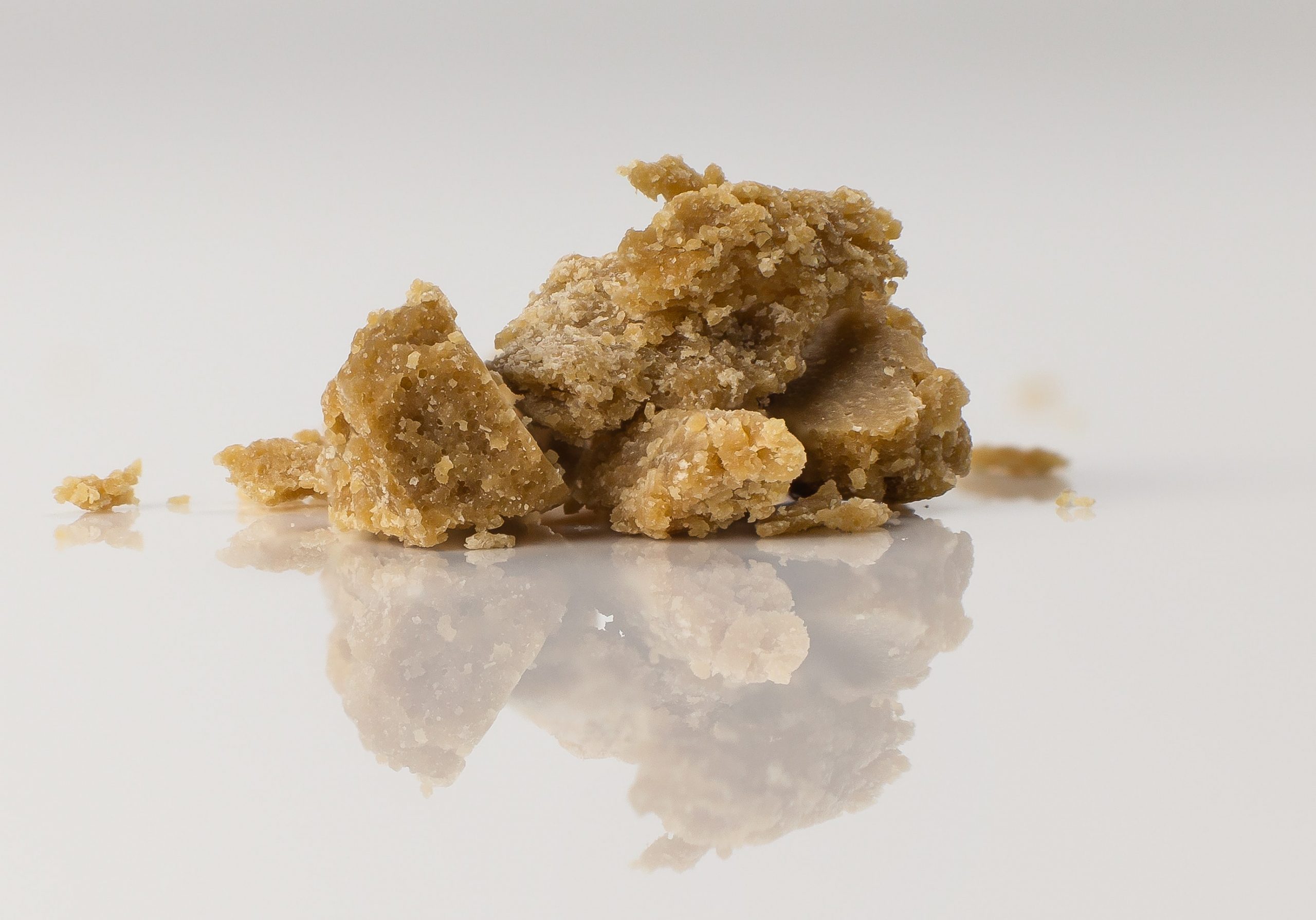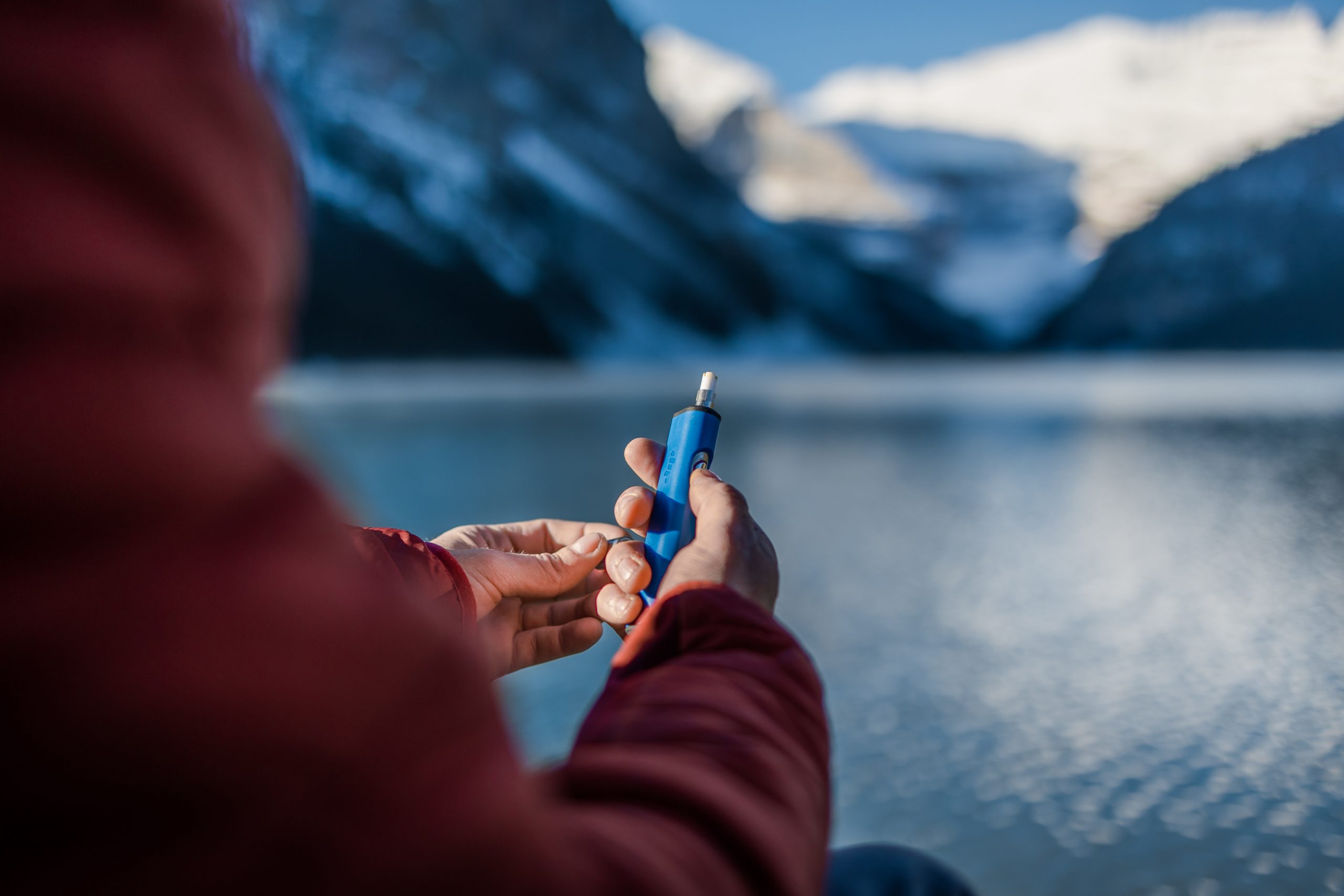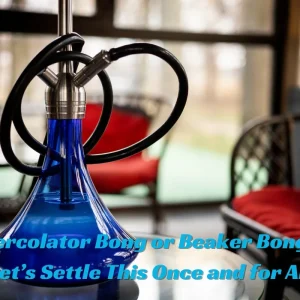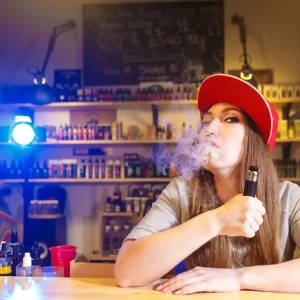Cannabis concentrates are becoming increasingly popular as people look for more potent and effective ways to consume cannabis. But what exactly are cannabis concentrates, and how are they made? In this article, we’ll take a look at the process of making cannabis concentrates, from start to finish.
Hydrocarbon Extraction
The process of making cannabis concentrates using hydrocarbon extraction is relatively simple. The most important thing to remember is to take safety precautions, as hydrocarbon extraction can be dangerous if not done properly. Here is a basic overview of the process:
- First, the cannabis plant material is placed in a container.
- Next, a hydrocarbon solvent (such as butane or propane) is added to the container.
- The mixture is then heated until the solvent evaporates, leaving behind a concentrated extract.
- Finally, the concentrated extract is collected and stored for later use.

Ethanol Extractions
If you want to make cannabis concentrates, one of the most common methods is to use an ethanol extraction. This involves using alcohol as a solvent to strip away all the cannabinoids, terpenes, and other compounds from the plant material.
The first step is to decarboxylate your cannabis. This means heating it up to activate the THC. You can do this by putting it in an oven at 220°F for about 45 minutes.
Once your cannabis is decarboxylated, it’s time to start the extraction process. For this, you’ll need to create a slurry of cannabis and ethanol. The ratio of cannabis to ethanol will depend on how strong you want your concentrate to be. A good starting point is 1 gram of cannabis for every 4 ounces of ethanol.
Once you have your slurry, put it in a jar and seal it tightly. Then, place the jar in a water bath and heat it up to 140°F. Keep the jar in the water bath for 3-4 hours, stirring occasionally.
After the extraction time is up, allow the mixture to cool slightly and then strain it through a coffee filter or cheesecloth into another jar. The strained
Supercritical CO2 Oil
The process of making cannabis concentrates is a bit more involved than simply throwing some weed in a blender. There are a few different methods that can be used to make concentrates, but the most common method is supercritical CO extraction.
CO extraction uses carbon dioxide (CO2) to extract the desired compounds from the plant material. CO2 is a gas at room temperature, but it can be pressurized and cooled to turn into a “supercritical” fluid. This means that it has the properties of both a gas and a liquid.
When CO2 is in this supercritical state, it can be used to extract cannabinoids and terpenes from the plant material. The cannabinoids and terpenes are then separated from the CO2 using a process called fractional distillation.
Supercritical CO extraction is considered to be the safest and most effective method of making cannabis concentrates. It produces a high-quality product with minimal risk of contamination.
Equipment Required for Cannabis Extraction
If you’re interested in extracting cannabis concentrates, there’s some specific equipment you’ll need. Here’s a rundown of what you’ll need to get started:
- An extractor: This is the machine that will do the actual work of extracting the cannabinoids and terpenes from the plant material. There are a few different types of extractors on the market, so do your research to find the one that’s right for you.
- Solvents: These are used to dissolve the cannabinoids and terpenes so they can be extracted from the plant material. The most common solvents used in cannabis extraction are CO2 and ethanol.
- Collection vessels: These are used to collect the extracted concentrate. Make sure you have a variety of vessel sizes on hand, as you’ll need them for different steps in the extraction process.
- Filters: These are used to remove impurities from the final product. Depending on the type of filter you use, it can also help to improve the taste and smell of the concentrate.
The Role of a Rosin Press in Cannabis Concentrates
One popular method for extracting cannabis concentrates is using a rosin press, a machine that utilizes heat and pressure to extract resin from the plant. Unlike other methods that require solvents, rosin pressing is solvent-free, making it an appealing option for those seeking a cleaner, more natural concentrate. In the UK, many cannabis enthusiasts are turning to rosin press UK models for their ability to produce high-quality concentrates with minimal effort. The versatility and ease of use have made rosin presses a must-have for both home extractors and professional producers looking to create potent concentrates without the need for expensive equipment or complex procedures.
Which Extract is Right for You?
Cannabis concentrates come in many forms and there are a few different extraction methods that can be used to make them. The type of concentrate you want will determine the method that is best to use. Here is a brief overview of the most common types of concentrates and how they are made.
CO2 Oil: CO2 oil is made using supercritical fluid extraction. This type of extraction uses carbon dioxide that is pressurized and then cooled to extract the desired compounds from the cannabis plant material. The end result is a highly potent oil that can be used in a variety of ways.
Rosin: Rosin is another type of cannabis concentrate that is made using a solventless extraction method. In this method, plant material is placed on a heated surface and then pressed. The pressure and heat cause the resin glands to burst and the resulting product is a sticky, sap-like substance that is high in cannabinoids.
BHO: Butane hash oil, or BHO, is made by using butane as a solvent to extract cannabinoids from the plant material. This type of extraction can be dangerous if not done properly, but it results in a highly potent product that can be used in various ways.
Conclusion
The process of making cannabis concentrates is a complex and delicate one, but when done correctly can result in a product that is much more potent and versatile than traditional marijuana flower. If you are interested in trying your hand at making cannabis concentrates, be sure to do your research first and always start with small batches until you get the hang of it. With a little practice, you can produce high-quality cannabis concentrates that will elevate your smoking experience to new heights.





